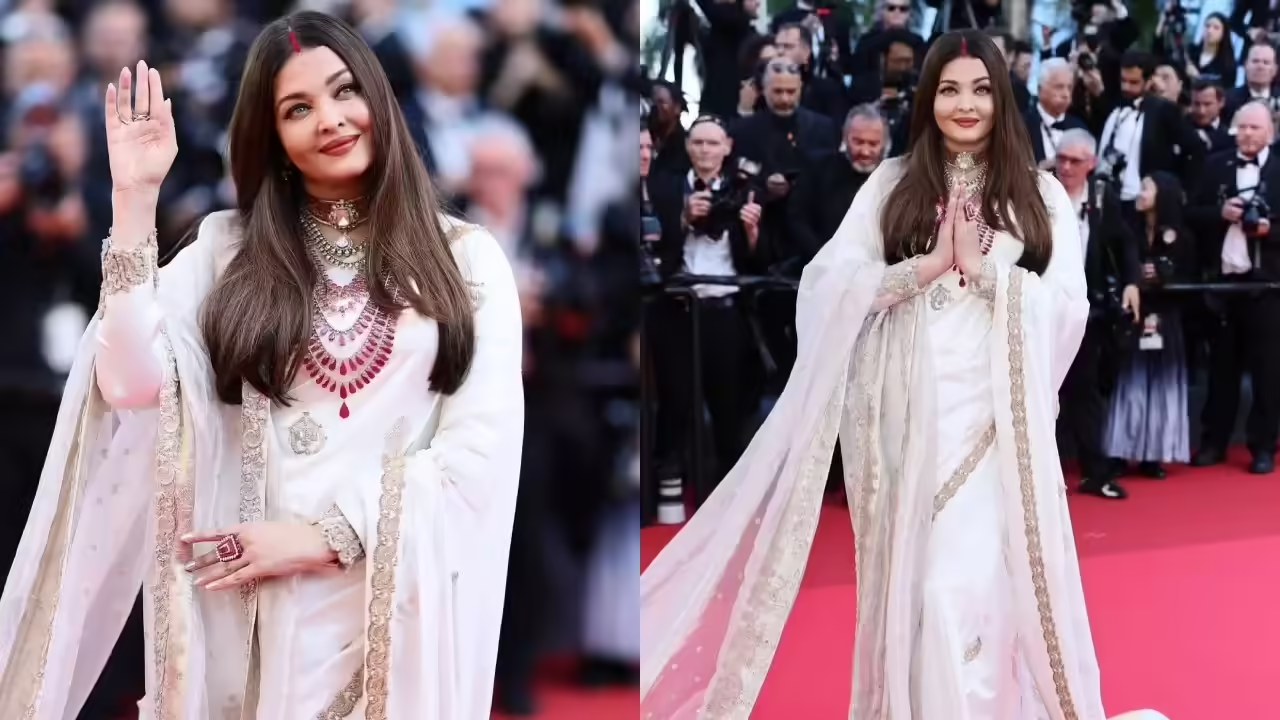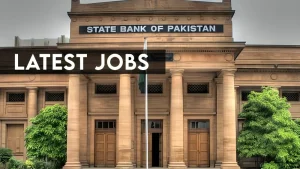The Bollywood reels, gaining international acclaim on bright song and dance sequences and the huge number of crew members, are undergoing a formidable transformation as new technology enters the film industry. This digital revolution is also causing both excitement and controversy in the billion-dollar film industry of India, from conversion of endings to creation of full-length features.
It heated up with the re-release of the 2013 hit Raanjhanaa with a digitally altered ending in Tamil. A Hopeful ending was inserted instead of the formerly tragic and this angered director Aanand L. Rai and star Dhanush. Both criticized the action as an assault on artistic integrity, and Dhanush described it as a troubling precedent that deprived the film of its soul.
Shortly after, the Network of Collective Artists declared Chiranjeevi Hanuman, the first ever 100 percent computer-generated feature film of India due in 2026. Some movie producers rejoiced over this invention but others cautioned that narration and acting cannot be replaced. Seasoned filmmaker Shekhar Kapur insisted that no digital tool can create unpredictability and emotion, particularly in the eyes of an actor. Nevertheless, he remarked that technology has the potential to make the cinema democratic by providing young producers with a chance when they do not have access to film school.
Read more: Mawra Hocane Responds to Bollywood Co-Star
To most of us, balance is the future. Director Shakun Batra insisted on the use of modern tools and not on the substitution of human expression. The players in the industry feel that this transformation will have an impact on the big-budget action movie first, but it will also enable independent narrators.
Finally the Bollywood reels will not only be influenced by the producers or directors, but also by the viewers. It is, as the director Rai put it, a film that is more the possession of the viewers than it is of us, a lesson that, in spite of the technological advances, the core of the film is in human touch.









